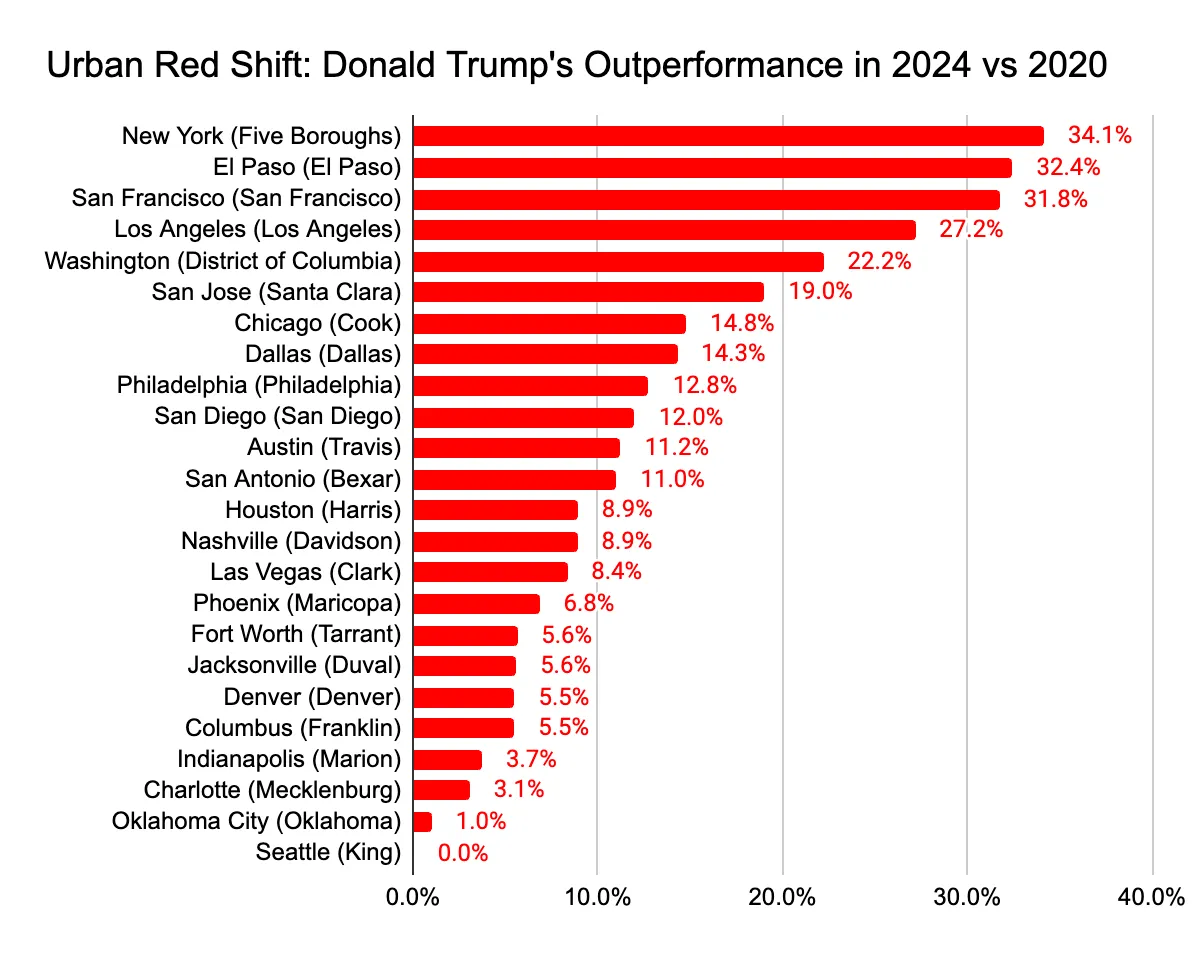House Speaker Dade Phelan on Friday announced he is dropping his bid for another term leading the lower chamber, ending a bruising, monthslong intraparty push to remove him from power.
Phelan, a Beaumont Republican, had previously insisted he had enough votes to thwart a challenge from the right led by state Rep. David Cook of Mansfield, a former ally.
“Out of deep respect for this institution and its members, and after careful consideration and private consultation with colleagues, I have made the difficult decision to withdraw from the race for Speaker of the Texas House,” he said in a statement. “By stepping aside, I believe we create the best opportunity for our members to rally around a new candidate who will uphold the principles that make our House one of the most exceptional, deliberative legislative bodies in the country—a place where honor, integrity, and the right of every member to vote their district takes utmost precedent.”
Phelan abandoned the race one day before a scheduled meeting where Republicans are set to pick their nominee for the gavel.
Phelan’s withdrawal sets up a renewed scramble for control of the House. State Rep. Dustin Burrows, a Lubbock Republican and top ally of Phelan, has filed paperwork to run for speaker, according to two sources familiar with the matter. His path to the gavel rests on courting the chamber’s 62 Democrats and roughly 40 unpledged Republicans — and reports of his candidacy were already drawing swift pushback from Cook’s camp and grassroots GOP activists, who are set on selecting a speaker without relying on votes from Democrats.
Phelan was looking to the bloc of Democrats and uncommitted Republicans to secure a third term as speaker. But he never produced a list of supporters, while Cook gained fresh momentum this week by picking up two new backers, bringing him within striking distance of the votes needed to lock up the GOP caucus’ endorsement this weekend.
Under the caucus rules, whoever gets 60% or more of the votes at Saturday’s meeting will secure the group’s endorsement and receive support from all 88 Republican members when the vote goes to the full House in January — enough to win the gavel. Heading into this week, Cook had touted 47 supporters, including two unnamed backers. He picked up support from state Reps. David Spiller of Jacksboro and Trent Ashby of Lufkin this week, putting him four votes shy of the 60% threshold.
The one thing that has been consistently true of the Legislature since I started paying closer attention to it 20+ years ago is that Speaker’s races are always determined before the session begins. One way or the other, there’s just one survivor who gets all the votes, save for the occasional protest or abstention from someone who doesn’t mind sitting in the corner for the next 20 weeks.
This year may be different, of course. Those of us who have based our political expectations on the tides of history have had plenty of opportunities to make fools of ourselves lately. At least there would be some cheap entertainment if the first day of session includes a nasty fight over who gets to wield the gavel; it would cast a pall over all the smiling-family photos that normally mark Opening Day, if nothing else. That the lesser-evil candidate from a Democratic perspective might be Dustin Burrows is nauseating, enough so that some Dems won’t stand for it, but this is the world we live in. This session is going to make the last one look like a Montessori classroom. Enjoy the small amounts of schadenfreude you get while you can. Reform Austin, the Chron, and Lone Star Left have more.
UPDATE: From Saturday night:
In a stunning turn of events, state Rep. Dustin Burrows of Lubbock announced Saturday evening that he had the necessary votes to become the next speaker of the Texas House.
“The speaker’s race is over,” he said in a news conference that lasted less than two minutes. “I have secured enough to be speaker of the House for the next session.”
Burrows released a list of 76 supporters — 38 Republicans and 38 Democrats. However, at least one member told the Tribune they should not be on the list, debasing Burrows’ claim to have the necessary votes to be elected speaker.
That came just minutes after Rep. David Cook of Mansfield, Burrows’ main rival for the speaker’s gavel, had been declared the endorsed candidate by the House GOP Caucus by a vote of 48-14 after a contingent of Burrows’ supporters dramatically left the meeting after the two rivals had stalemated in the first two rounds.
All 88 GOP caucus members are tied by the group’s rules to vote for the endorsed candidate, which would help Cook surpass the 76-vote threshold in January to be elected speaker. But Burrows made his announcement surrounded by dozens of fellow Republican supporters indicating that those lawmakers were willing to go against the rules to back Burrows.
It’s all basically “Hard Knocks” but with no one to root for.











/cloudfront-us-east-2.images.arcpublishing.com/reuters/5KHWYF53XBNEFLDIU4B47BZYQE.jpg)









